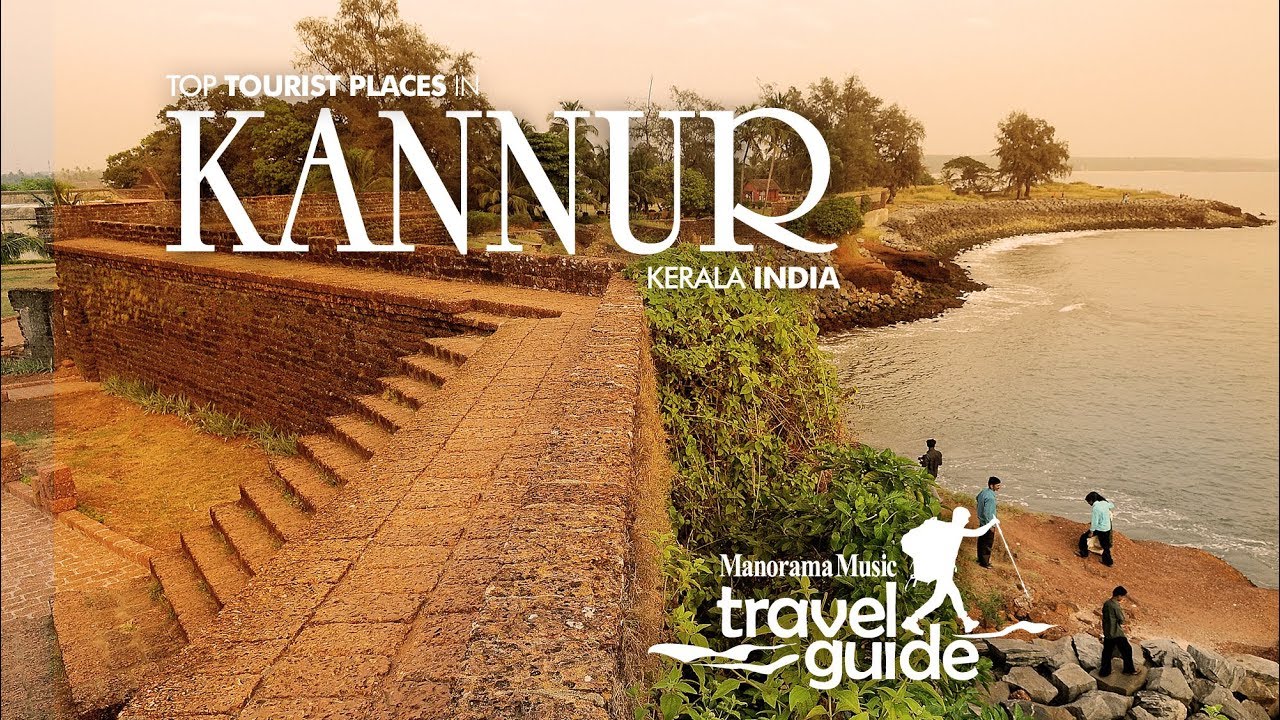Kannur Fairvalue
Kannur District has evidence that the people lived in rock-cut caves and megalithic burial sites of the Neolithic age. The areas such as Taliparamba, Kannur, Thalassery are abound in rock-cut caves, dolmens, burial stone circles and menhirs, all of megalithic burial order. Once, this district was part of the Chera Kingdom, who ruled most of Kerala during the several centuries. Later Kannur became the capital of the Kolattiri Rajas, who had trading relations with Arabia and Persia Kingdom in the 12th and 13th century. The most important incident in Kannur District witnessed one of the longest and bloodiest resistances to British rule in India. The Pazhassi Raja kept a large part of the district in a state of war between 1792 and 1806.
In 1405 AD, the king of Perumbadappu transferred its capital from Mahodayapuram to Kochi and paved the way to the glory of the kingdom. The Portugal traders landed in Kochi took the advantage of mutual enmity or quarrel that is often prolonged or inveterate between the king of Kochi and the Zamorin of Kozhikode. The king provided all facilities including the permission to set up a warehouse to the Portuguese traders. The traders were well-flourished in Kochi. There was a battle between the King of Kochi and the Zamorin. The King was defeated initially, but he regained his kingdom with the support of a warship from Portugal. Again, there was misunderstanding between the king of Kochi and the Portuguese traders. The King succeeded by chasing out the Portuguese traders from Kochi with the support of the Dutch.
Indian Freedom Movement
During the Indian freedom movement, the Kannur District played an important role. In 1885, The Indian National Congress was founded. In 1908, it established a Malabar District committee. During this period in Thalassery, a branch of the All India Home Rule League, founded by Dr. Annie Besant was functioning. V.K. Krishna Menon was its active workers.
A branch of the Communist Party of India was formally established at Pinarayi, a village near Thalassery by the end of 1939.
Kannur was the capital city of the Muslim Sultanate in India, known as Arakkal during the 17th century. During the British Raj, Kannur was part of the Madras province in the North Malabar District.

About St. Angelo Fort
Dom Francisco de Almeida, the first Portuguese Viceroy of India built the St. Angelo Fort in 1505. The fort is located on the Laccadive Sea shore which is about 3 km from Kannur town. The fort was besieged by the local ruler, the Portuguese rule over Cananor (as they spelt it) in 1507. It lasted for 158 years and was then replaced by the Dutch. The fort ownership has changed hands several times. The Dutch captured it in 1663. Subsequently, they gave the present appearance to the fort. The Dutch sold the fort to the Arakkal Royal family in 1772. The Arakkal Sultanate began issuing coins during this time.
Salt Satyagraha Movement
The major turning point in the Indian Freedom Movement was Salt Satyagraha held at the main venue at Payyannur in Malabar. Under the leadership of K. Kelappan, a batch of Congress volunteers started on foot from Kozhikode to the beaches of Payyannur on 13 April 1930. They broke the salt law on 21 April 1930. During this Satyagraha camp many volunteers in Congress and the common people were charged and beaten by the police. This incident made many people to join in the freedom struggle for nation freedom. Most of the Congress workers and people were arrested during the widespread demonstrations in Kannur, Thalassery and other parts of the district.
Assassination of Kunjali Marakkar
The British who conquered the fort in 1790, used it as one of their major military stations on the Malabar Coast. This fort is preserved as a protected monument under the Archaeological Survey of India. At the Rijksmuseum in Amsterdam, a painting of this fort and the fishing ferry as a background is on display. After Kunjali Marakkar’s assassination, his head was removed from his body and exhibited in the fort.
